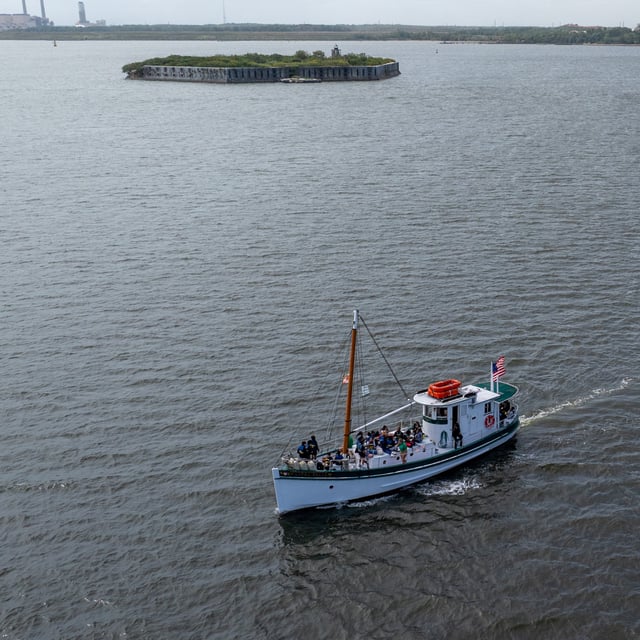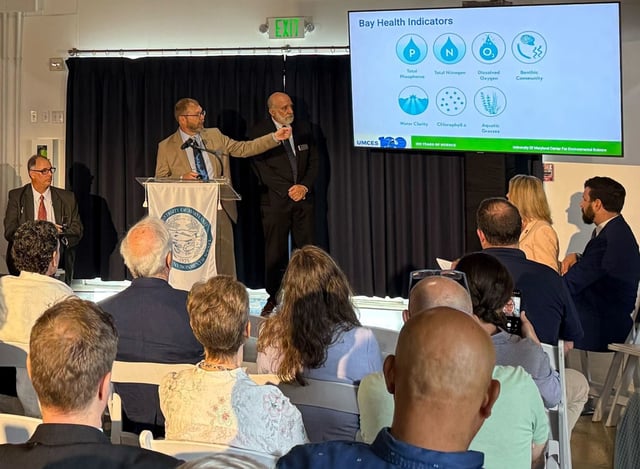Overview
- The University of Maryland Center for Environmental Science assigned the bay a 50% score in its annual report, marking a five-point drop from last year.
- Scientists said the hottest year on record and intense rainfall patterns reduced soil absorption and increased fertilizer and sediment flow into the water.
- Elevated air and water temperatures have lowered dissolved oxygen levels, creating stress for fish and shellfish.
- Long-term trends still show gains in underwater grasses and declines in nitrogen and phosphorus concentrations from restoration efforts.
- Tributaries north of the Eastern Shore’s Choptank River fell to a D grade, while the Patapsco River and Baltimore harbor recorded modest improvements despite still low scores.



